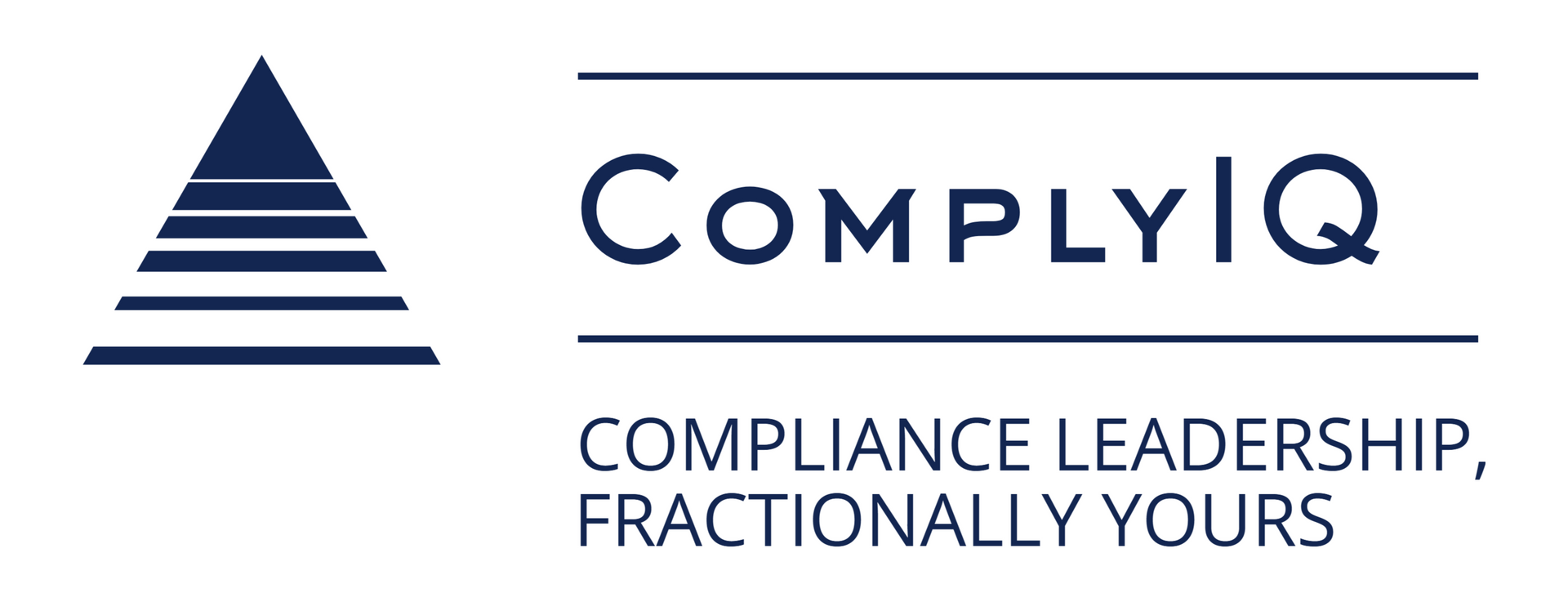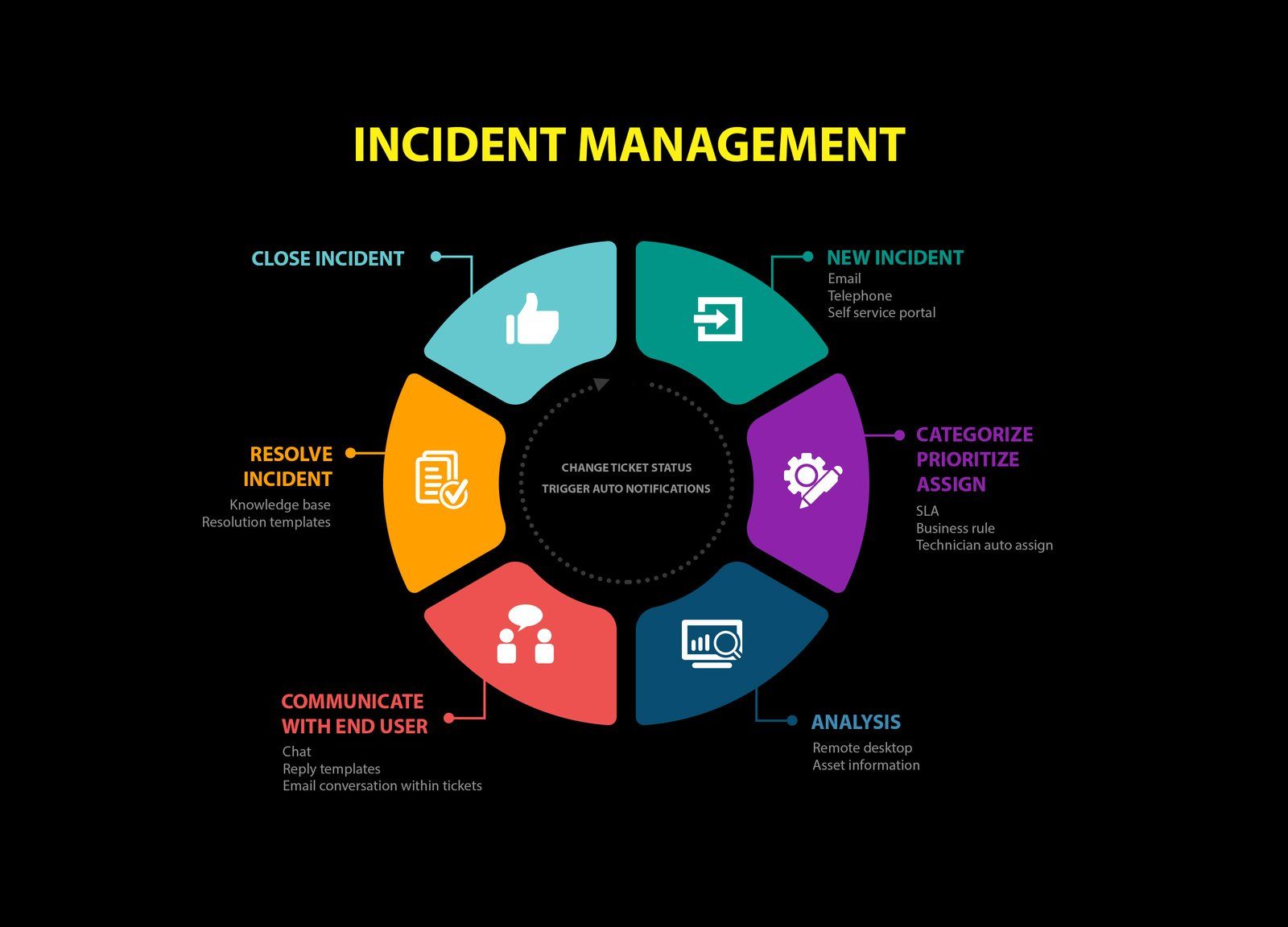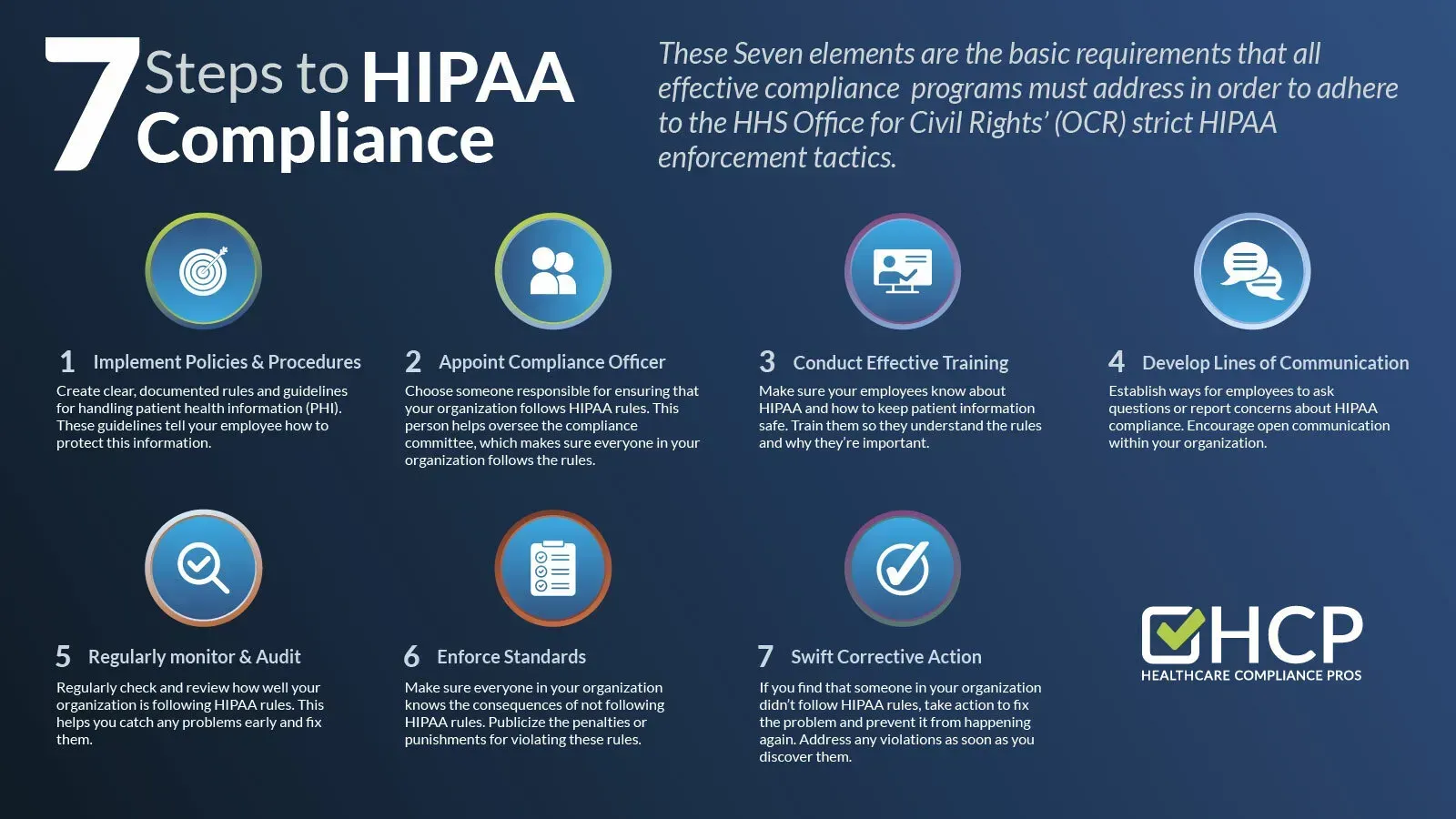How to Build a Compliance Roadmap That Scales With Your Product: An Agile Guide
Learn how to build a compliance roadmap that scales with your product using agile user stories, automated tests, and modular templates to cut review cycles and avoid rework.

Introduction
Compliance kills speed.
While competitors launch features in weeks, the engineering team sits idle. They're waiting for legal sign-offs that stretch into months.
Recent studies show that 73% of financial services companies fail due to delays related to regulatory uncertainty. Most teams treat compliance as a final gate-check. They force themselves to retrofit regulatory requirements after features are already built.
This approach destroys competitive advantage and drains the budget.
But what if compliance moved at the speed of your development cycles? What if regulatory requirements became sprint-ready user stories instead of mysterious legal documents?
The answer lies in borrowing agile methodologies and applying them to compliance processes.
Step 1: Map Your Product's Regulatory Landscape
Identify Core Regulatory Requirements
Start by cataloging every federal regulation that touches your product. The OCC's fintech guidance shows you exactly what supervisors expect around risk management.
Payment processing puts you under CFPB oversight. Data aggregation features fall into consumer-authorized financial data sharing territory. Credit decisioning algorithms require fair lending review.
Here's what blindsides most teams: they don't research what regulators are planning next. The CFPB's recent AI guidance signals major changes coming for algorithmic decision-making. Build explainability into your models now, or rebuild them later at triple the cost.
Create a simple matrix: List your features in one column, regulations in another. Connect the dots.
This exercise usually shocks product teams. Every single feature touches multiple regulations.
Look at your competitors' enforcement actions next. When regulators fine companies in your space, they're broadcasting their priorities. Use this intelligence to anticipate which features will face extra scrutiny.
Consider the lending app that ignored fair lending requirements during development. When the CFPB investigated their algorithmic bias, the company faced six months of feature freezes and a complete model rebuild. The regulatory fine was actually the smaller cost compared to the lost development time.
Assess Multi-Jurisdictional Complexity
Money transmission laws vary dramatically between states. Some require surety bonds worth millions. Others mandate separate trust accounts for customer funds. Texas wants both plus additional reporting requirements.
Recent OCC guidance on bank-fintech partnerships shows why this matters for your business model. Your sponsor bank relationship depends on meeting every jurisdiction's requirements perfectly.
Document which features trigger licensing requirements across your target markets. A simple state-by-state spreadsheet saves months of panic when expansion opportunities arise.
California's privacy rules create conflicts with federal AML requirements. You need features that satisfy both regulators simultaneously. Plan for these contradictions early, or watch lawyers fight over your architecture later.
Start with states that provide clear regulatory guidance. Expand to uncertain jurisdictions after you've proven your compliance model works in friendly territories.
Build Your Regulatory Intelligence System
Set up automated monitoring for regulatory changes that affect your product roadmap.
Subscribe to CFPB, OCC, and state regulator RSS feeds. Create Slack alerts for new guidance publications.
Most teams miss regulatory changes until they're already non-compliant. You need early warning systems that give you time to adapt.
Track which regulations are actively enforced versus those gathering dust on regulatory websites. Focus your development attention on rules that actually result in enforcement actions.
Create relationships with regulatory specialists who understand your specific vertical. Generic legal advice misses the nuances that determine whether your feature gets approved or flagged for violation.
Step 2: Turn Regulations Into Sprint-Ready Work
Design Compliance User Stories
Stop writing vague compliance tasks like "implement TILA requirements." Your developers can't leverage that.
Instead, write this: "As a loan officer, I need automated TILA disclosure generation so every loan application includes required consumer protections." Now your team knows exactly what to build and why it matters.
Smart teams incorporate requirements into user stories with clear acceptance criteria. Each story needs functional requirements AND compliance validation checkpoints.
Your "definition of done" should include regulatory sign-offs alongside technical testing.
Use compliance checklists and Agile methodologies for acceptance criteria. Don't mark stories complete until they cover all regulatory angles.
Story point estimation needs to factor in compliance review time. Technical complexity is only half the equation. That simple payment flow might need state-specific disclosures, which doubles the development effort.
Here's where most teams get stuck: they lack the compliance expertise to write meaningful user stories. ComplyIQ's fractional CCO service translates complex regulations into developer-friendly requirements. We've watched too many teams waste entire sprints building features that fail regulatory review.
Embed Risk Assessment in Backlog Grooming
Build compliance risk scoring into your backlog prioritization. Use this simple 1-5 scale:
- Low Risk: Minor UI changes to existing compliant features
- Medium-Low Risk: Feature enhancements with established precedent
- Medium Risk: New features with established regulatory precedent
- High Risk: Features touching consumer data or credit decisions
- Maximum Risk: Innovative features in regulatory gray areas
Flag high-risk features for early compliance review. Anything involving consumer data, credit decisions, or interstate transactions needs assessment before development starts.
Create decision trees for legal counsel involvement. Minor updates might only need internal review. New product lines require external regulatory analysis and possibly regulator pre-clearance.
Apply agile auditing practices to keep documentation lean without sacrificing compliance rigor. Heavy processes kill sprint velocity faster than regulatory violations. Set up cross-functional grooming sessions that include compliance perspectives from day one. This prevents discovering regulatory roadblocks after development work is complete.
Have you ever been in a sprint review where legal says "we can't ship this"? Risk assessment during grooming prevents that expensive nightmare scenario.
Create Compliance Definition Templates
Develop reusable compliance story templates for common regulatory patterns. Identity verification, transaction monitoring, and consumer disclosures follow predictable patterns you can standardize.
Build acceptance criteria libraries for frequent compliance requirements. When you need GDPR data deletion, you shouldn't be writing requirements from scratch.
Train your product managers to recognize regulatory trigger patterns. They should spot compliance requirements before stories enter the backlog, not during development.
Step 3: Automate Your Compliance Monitoring
Build Continuous Compliance Testing
Your CI/CD pipeline should catch regulatory violations before they catch you. The NIST Cybersecurity Framework provides standardized controls you can program into automated tests.
Set up GitHub Actions that validate compliance requirements before deployment. Check data retention limits, encryption requirements, and access controls automatically with each commit.
Tools like Vanta integrate with your existing development stack to automate evidence collection. They surface failing compliance checks in real-time, reducing manual oversight burden on your team.
Monitor transaction limits, data processing volumes, and user behavior patterns automatically. When you're approaching regulatory thresholds, you need alerts, not nasty surprises during your next audit.
Policy-as-code approaches using Open Policy Agent embed compliance rules directly in your application logic. Regulatory requirements become machine-enforceable rather than hoping humans remember to check them manually.
Build regression testing suites that verify new features don't break existing compliance controls. Every deployment should confirm your regulatory functions still work properly.
Think of compliance testing like unit tests for regulatory requirements. You wouldn't deploy code without testing basic functionality, so why deploy without testing compliance controls?
Create Regulatory Change Management Workflows
Regulations change constantly, and your team needs immediate notification when changes affect your product roadmap. Subscribe to regulator RSS feeds and set up automated impact assessments for new guidance in your vertical. Build Slack integrations that post regulatory updates with initial analysis of how they affect your current development priorities.
Create impact assessment templates using NIST quick-start guides to standardize your evaluation process. When new guidance drops, you'll know exactly how to analyze its implications for your product.
Define clear escalation paths for emergency regulatory updates that can't wait for the next sprint planning session. Someone needs decision-making authority when urgent compliance changes happen overnight.
Schedule monthly automated scans comparing your current implementation against latest regulatory requirements. Compliance drift happens gradually, then suddenly becomes a major problem.
Monitor Compliance Debt Accumulation
Track compliance shortcuts and temporary workarounds that need permanent fixes. Just like technical debt, compliance debt compounds over time and creates increasing risk.
Build dashboards showing compliance bottlenecks in your development pipeline. Which types of regulatory reviews take longest? Invest in automation tools for repetitive compliance tasks.
Measure the percentage of sprints that experience compliance-related delays. Set improvement targets and track your progress over time.
Create compliance debt tickets with clear business impact descriptions. "Fix CCPA data deletion" means nothing to stakeholders. "Avoid $10M fines and customer churn from privacy violations" gets attention and resources.
Step 4: Scale Your Compliance Approach
Develop Modular Compliance Components
Build reusable compliance libraries for common regulatory functions. Identity verification, transaction monitoring, and consumer disclosures should be standardized modules you can deploy across features without reinventing them.
Design your data architecture to support multiple reporting formats from day one. When regulators request information, you shouldn't need custom development for each report. Your data should flow into any required format automatically.
Consider platforms like AuditBoard for unified control workflows as you scale beyond simple compliance checklists. Version control your compliance policies alongside your application code.
Template-driven compliance components can be configured for different state requirements without rebuilding functionality. Build once, deploy everywhere, configure for local requirements.
Create shared compliance component libraries that multiple development teams can use. Consistency reduces risk and development time across your organization.
Plan for Regulatory Scalability
Design compliance processes that handle 10x growth without proportional staff increases. Automate routine compliance tasks. Reserve human oversight for high-risk decisions and direct regulator interactions.
Deloitte's agile audit guidance provides benchmarks for scaling governance functions efficiently. Not everything needs a full-time compliance hire when you're growing rapidly.
Prioritize compliance tools that support API integration and automated evidence collection. They should align with your sprint cycles, not create separate workflows that slow down development.
Build compliance processes that scale with transaction volume and geographic expansion. Your compliance architecture should grow smoothly with your business model.
Our engagement model scales with your needs—from light monthly retainers during early development to deep integration support when you're preparing for regulatory exams and multi-state expansion. You get senior compliance expertise without the overhead of full-time executive hires who might not have agile development experience.
Establish Compliance Team Integration
Train compliance team members on agile methodologies so they can participate effectively in sprint planning and daily standups. Compliance professionals who understand development cycles become valuable team members instead of external bottlenecks.
Create compliance champions within each development team rather than centralizing all compliance knowledge. Distributed expertise prevents single points of failure and speeds up routine compliance decisions.
Build communication bridges between compliance and engineering teams. Regular cross-functional meetings prevent misunderstandings that lead to compliance rework later in the development cycle.
Establish clear compliance decision-making authority at different levels. Product managers should handle routine compliance questions. Escalate only complex interpretations and novel regulatory situations to senior compliance expertise.
Common Pitfalls That Destroy Velocity
The "Compliance at the End" Trap
Treating compliance as a final gate-check creates massive bottlenecks and expensive rework cycles. Teams that wait until feature completion face architectural changes that can take weeks to implement properly.
Compliance requirements often dictate data flow, user interface design, and integration patterns. You can't retrofit these fundamental architectural decisions without significant development effort.
When compliance review happens after development completion, teams face binary choices: ship with compliance gaps or delay launch for major rework. Neither option serves business objectives well.
The Over-Engineering Mistake
Building complex approval workflows defeats the purpose of agile development. Avoid stagnant compliance processes that require multiple sign-offs for minor changes that don't affect regulatory risk.
Some teams create compliance bureaucracy that's worse than traditional waterfall approaches. Every minor change shouldn't require legal review and compliance committee approval.
Balance compliance rigor with development speed by automating routine decisions and escalating only genuinely complex regulatory questions to human reviewers.
Inconsistent Compliance Interpretation
When different development teams interpret regulations differently, you create regulatory risk and technical inconsistency. Establish clear escalation paths and centralized expertise for consistent decision-making across teams.
Document compliance decisions and share them across development teams. One team's regulatory research should benefit everyone working on similar features.
Build internal knowledge bases that capture compliance decisions and reasoning. Future teams shouldn't rediscover the same regulatory requirements from scratch.
Documentation Shortcuts Under Pressure
Skipping compliance documentation during rapid iteration creates technical debt that compounds over development cycles. Maintain lightweight but complete records of regulatory decisions as you make them.
Compliance documentation doesn't need to be perfect, but it needs to exist. Regulators expect you to demonstrate that compliance decisions were deliberate, not accidental.
Build compliance documentation into your sprint workflows. Don't treat it as separate work that happens after development completes.
Step 5: Measure/Improve Your Compliance Speed
Track Compliance Performance Metrics
Monitor compliance review time versus development cycle length. Measure the percentage of sprints that experience compliance-related delays. Set realistic improvement targets based on your current baseline performance.
Create metrics for compliance debt similar to technical debt tracking. How many features require post-launch compliance fixes? Use this data to improve your upfront assessment accuracy over time.
Design dashboards showing compliance bottlenecks in your development pipeline. Which types of regulatory reviews consistently take longest? Invest in training, tools, or external expertise to address systematic slowdowns.
Include compliance considerations in your standard sprint retrospectives. Don't treat regulatory requirements as separate concerns that exist outside normal development workflow improvement.
Track regulatory change response time as a key performance indicator. How quickly can your team assess and implement changes when new guidance gets published? Faster response times indicate better process maturity.
Benchmark Against Industry Standards
Research compliance cycle times for companies at similar development stages in your vertical. Are your compliance processes faster or slower than typical fintech development teams?
Survey your development teams about compliance friction points. Which regulatory requirements cause the most confusion and delay? Address the most common pain points first for maximum impact.
Compare your compliance automation levels against industry benchmarks. Teams with higher automation rates typically achieve faster development cycles with lower regulatory risk.
Track compliance cost as a percentage of total development effort. Optimize for business outcomes, not just compliance perfectionism that adds no regulatory value.
Continuous Improvement Implementation
Having senior expertise that understands both complex regulations and agile development methodologies is critical to efficient success.
Schedule monthly compliance process reviews with your development teams. Which new compliance challenges emerged? What process improvements would help most?
Build feedback loops between compliance outcomes and development process improvements. When compliance issues surface during audits or regulator reviews, trace them back to development process gaps.
Celebrate compliance velocity improvements alongside development velocity metrics. Teams should feel proud of shipping features faster while maintaining regulatory standards.
Create compliance success stories that demonstrate business value. When compliance integration enables faster feature launches or successful regulator interactions, share those wins across your organization.
Frequently Asked Questions
How long does it take to implement agile compliance methods in our current development process?
Most teams integrate basic compliance checkpoints into sprint planning within 4-6 weeks of focused effort. Full implementation including automated monitoring and cross-team training takes 3-4 months, depending on your product complexity and existing development infrastructure. Start with one high-impact integration point rather than overhauling everything simultaneously.
Will adding compliance overhead slow down our development speed initially?
Initially, adding compliance checkpoints may extend sprint cycles by 10-15% as teams learn new
processes. However, teams consistently report 50%+ time savings within six months as they avoid costly rework and regulatory delays from traditional gate-check approaches. The upfront investment pays off rapidly through smoother development cycles.
How do we handle conflicting regulatory interpretations across different jurisdictions?
Create a tiered decision structure that prioritizes the most restrictive interpretation when regulations conflict directly. Document your rationale and maintain relationships with state regulators for guidance on genuinely ambiguous requirements. Build features that satisfy the strictest interpretation rather than trying to optimize for each jurisdiction separately.
When should we consider fractional compliance expertise versus hiring full-time compliance staff?
Companies with less than $50M revenue or early-stage products typically benefit more from
fractional expertise that scales with development needs. Joint agency guidance on due diligence helps determine when internal compliance leadership becomes necessary for your business model and regulatory risk profile.
How do we maintain compliance rigor while preserving development team autonomy?
Embed compliance champions within development teams rather than creating separate review functions that operate outside normal workflows. Train product managers to identify regulatory risks and escalate appropriately rather than requiring approval for every minor decision. Autonomous teams with compliance knowledge move faster than teams dependent on external compliance reviews.
What tools work best for continuous compliance monitoring in agile development environments?
Platforms like Drata integrate well with existing development toolchains for automated evidence collection and real-time compliance monitoring. Choose tools that support API integration with your current CI/CD pipeline rather than requiring separate workflows that create development friction. The best compliance tools become invisible parts of your normal development process.
How do we prioritize compliance requirements when development resources are limited?
Focus first on regulations with active enforcement in your target markets and high penalty risk for violations. Use competitor enforcement actions to guide priority setting and address cosmetic compliance requirements after you've covered major regulatory risks. Tackle requirements that enable revenue growth and market expansion before addressing minor regulatory preferences.
Conclusion
Integrating compliance into agile workflows transforms regulatory requirements from roadblocks into competitive advantages for your development organization. Early compliance investment prevents costly retrofitting and delivers faster time-to-market than competitors who treat compliance as an afterthought that happens after development completion.
Start with one compliance checkpoint integration rather than overhauling your entire development process overnight. Choose a high-impact area like user story acceptance criteria or automated policy validation to demonstrate value quickly to skeptical team members.
ComplyIQ's fractional CCO services help you implement these agile compliance methods without the overhead of full-time senior compliance hires—giving you the expertise to move fast while staying compliant with complex regulatory requirements.
Your competitors are still treating compliance like a waterfall process. You can move faster by making regulatory requirements a natural part of your development workflow instead of an external constraint that slows everything down.










